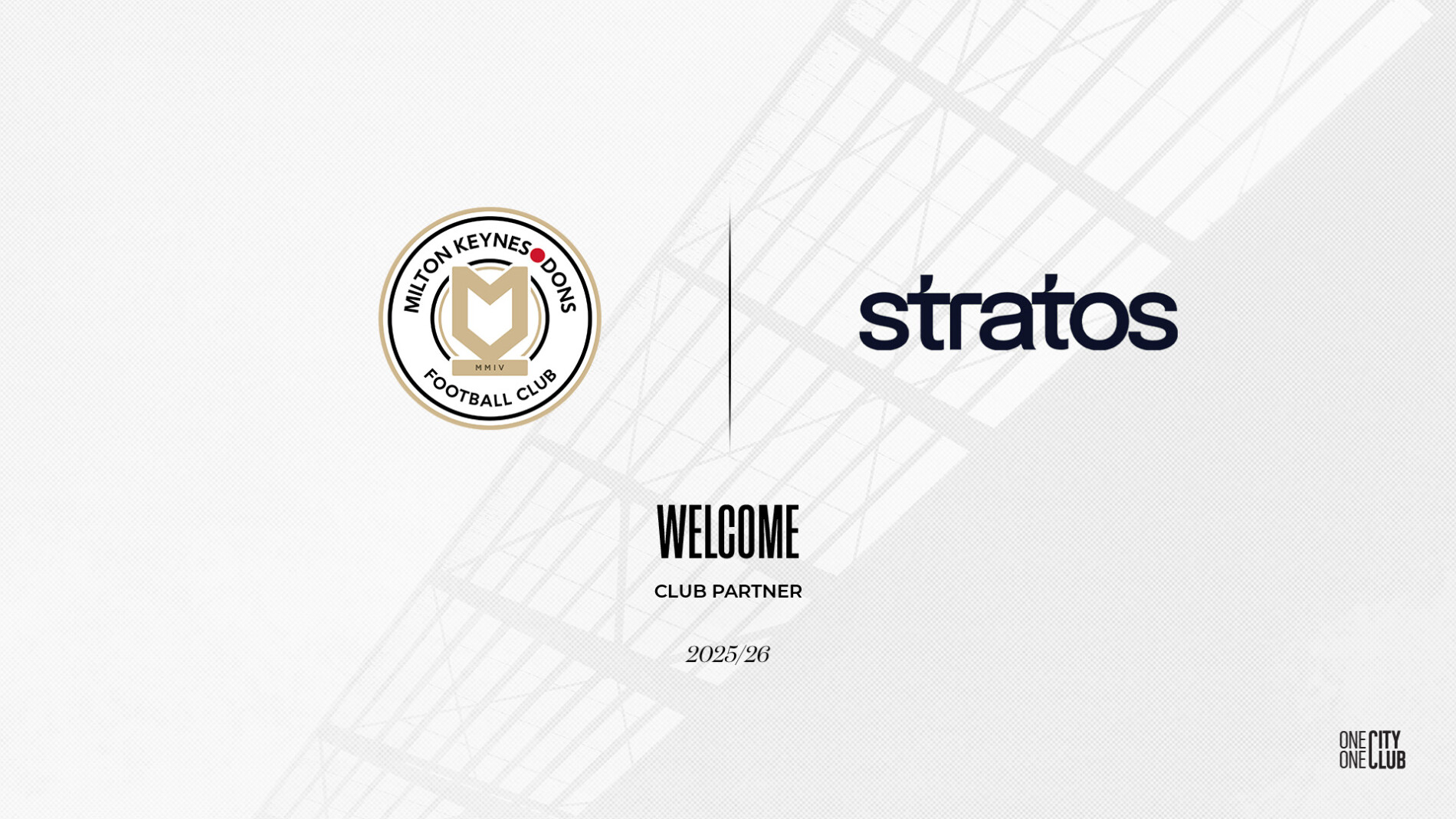If others are doing it, it must be ok.
Social proof refers to the psychological phenomenon that humans will adapt their behaviour based on the actions of others in a given situation, usually to conform.
Do you remember the Titanic scene where a young, lower-class Jack is invited to dine with the elite guests? Stumbling into a crowd of aristocrats and businessmen, Jack is at a loss for how to conduct himself. So, he takes cues from those around him. This is social proof in its simplest form.
Conformity has always carried considerable weight in how humans conduct themselves, so it’s only natural that notion would extend to digital purchasing behaviour and decision-making.
Social proof, when it comes to marketing, relies heavily on influence and persuasion. It provides us with the reassurance that if a product or service is providing value to others, it’s more likely to do so for us.
We’ve likely all been subject to social proof in marketing at some point. Have you ever followed through with a recommendation from a friend or family member? Ever purchased a product that was endorsed by an expert? Or choose a product or holiday based on the reviews?
Robert Caldini, in his book, Influence: The Psychology of Persuasion, writes
“We view a behaviour as more correct in any given situation to the degree that we see others performing it.”
“As a rule, we will make fewer mistakes by acting in accord with social evidence than contrary to it”.
So, as psychology would have it, we’re less likely to make a purchasing mistake or bad decision online if we act in accordance with social evidence.
In the age of the influencer, we’ve seen first-hand the staggering impact social proof can have on the exposure and uptake of a brand. As the digital marketing world continues to flux, with interactions changing with the generations[1] , there are a variety of techniques you can experiment with to leverage social proof. Let’s delve into those a little bit more.
Here are 7 examples of how to use social proof in digital marketing strategy:
1. Reviews and testimonials
When we see a brand bringing value to others, it enhances trust and influence. 91% of shoppers read online reviews before making a purchase. Case studies, testimonials and reviews are all vehicles for delivering real-life stories about how you have brought value to existing customers. These are especially effective in SaaS, where purchases usually involve a sizable investment and long-term commitment to the service, so consider making these a firm part of your strategy.
2. Endorsements
If an expert or renowned professional in a field recommended a product, it’s more likely you would opt for that product or service over competitors. Simply having influence from someone with more knowledge or expertise in their specialism is enough to encourage others to follow suit.
3. Backlinks to your website
Actions often speak louder than words. If your content is organically acquiring backlinks from other reputable sites, and as a result, moving up SERPs, your authority is improved along with trust from prospects. As they see others using your content to bolster their own, you become the ‘expert’ in their eyes, and trust is a significant factor in purchasing behaviour.
4. FOMO or loss aversion
You might’ve seen this when a product is accompanied by a banner proclaiming ‘Only 2 left in stock’, or ‘Trending now!’
This promotes a sense of urgency to purchase, but also, the feeling that if this product is in demand, it must be worth the money and investment.
5. Encouraging word of mouth
Word of mouth is and always has been one of the most meaningful and impactful forms of advertising. According to the Word of Mouth Report by Chatter Matters: 83% of consumers say these recommendations make them more likely to purchase a product or service.
“Invite a friend and you’ll both receive 10% off your subscription.”
“Add three users to receive your first month for free.”
In addition, 40% of consumers find new brands to follow online based on recommendations from friends and family. Get people talking about your brand by sharing the experiences and value received by existing customers, and incentivising them to do the same.
6. Call to actions
There is no reason you can’t harness social proof in your call to action and conversion copy. The call to action button is the place in the buyer’s journey where they need to make a commitment or a decision – usually to sign up, purchase or subscribe. Hundreds of businesses use psychological language techniques to make that commitment easier, including social proof. Examples might include:
Join 120,000 other businesses benefitting from XXXXXX.
Click here to become a part of the growing XXXXX community.
7. Social media shares
If you keep seeing the same company pop up in your newsfeed via shares and likes from your peers, it’s likely they trust and connect with their content. And it’s therefore likely they trust and connect with that brand too. This is similar to the word of mouth strategy but via digital channels. It’s your peers’ way of saying ‘I like this brand, I use this brand, and connect with this brand.’
Never lose sight of how you are engaging with already engaged users. Nurturing them into advocates could bring big returns in the digital space.
It doesn’t matter what community you are marketing to, or what industry your product or service falls into. There are many avenues for exploring social proof and practising it within your digital strategy. As with most things in marketing, you can never become complacent. Ensure you are testing, analysing and comparing techniques to ensure you elicit the best results from your efforts.
If you’d like to discuss your digital strategy in more detail, get in touch with a member of the Stratos team today.











